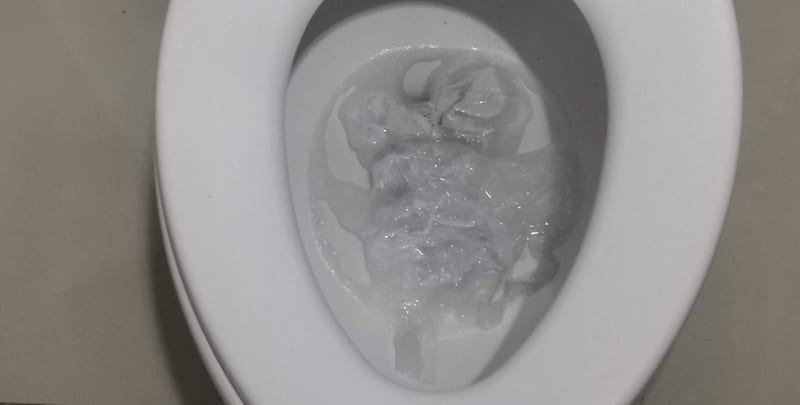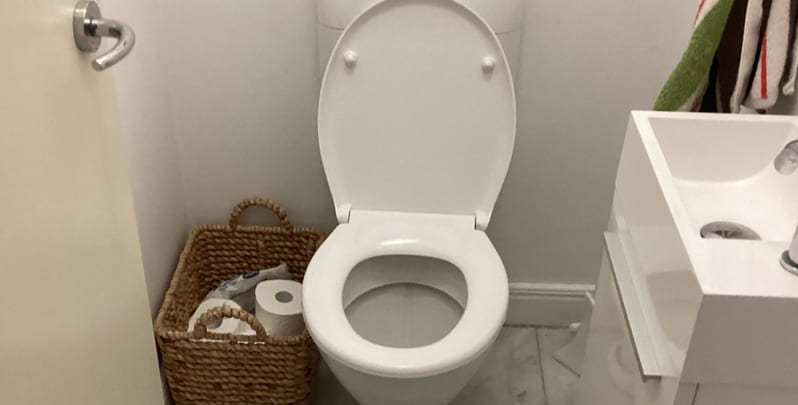How to Unblock a Toilet
We’ve all faced it at least once in our lives… the dreaded clogged toilet. No matter who or what caused it, a blocked toilet can be a major hassle and even lead to more serious plumbing issues if left untreated. That’s why it’s important to act quickly and try to resolve the problem before it worsens.
Dealing with a stubborn clog can be frustrating and stressful. Most of us take a working toilet for granted until it stops flushing properly. The good news is that many common toilet blockages can be fixed without calling a professional. With the right tools and techniques, you might be able to clear the clog on your own and save yourself some time and money. Just make sure you have a pair of gloves ready—because things can get messy!
What’s Causing the Blockage?
Before you start trying to fix the problem, it’s helpful to know what’s actually blocking your toilet. Common culprits include:
- Excessive amounts of toilet paper
- Flushable wipes (which are often not as flushable as they claim)
- Tissues or other soft materials
- Foreign objects like toys, rags, or personal items
You might be wondering why wipes are on this list. Even though they’re labeled as “flushable,†most of them don’t break down easily in water and can cause serious blockages. It’s best to avoid flushing anything other than toilet paper and human waste.

How to Unclog a Toilet – Different Methods
There are several ways to unblock a toilet, and you don’t always need a plunger. Here are some effective methods you can try:
- Homemade drain cleaners
- Plumbing snakes or augers
- Dish soap and hot water
- Commercial drain cleaners (as a last resort)
- Even a simple toilet brush can help in some cases
Some of these methods may seem easy, but they come with their own risks. For example, using harsh chemicals can damage your pipes or push the clog deeper. If you're unsure or the problem doesn't improve, it's best to call a professional plumber.
Preparation is Key
Before you start, make sure you have everything you need. If the toilet is already blocked and not draining, do NOT flush it again. This could cause the water to overflow and create a mess. Lay down some newspaper or towels to catch any spills, and put on rubber gloves to protect your hands from unsanitary water.
Using a Plunger – The Classic Fix
A plunger is one of the most effective tools for unclogging a toilet. However, it’s important to use the right type. A standard sink plunger won’t work well; instead, use a heavy-duty plunger with a flange that fits into the toilet drain.
Run the plunger under hot water first to soften the rubber. Then, submerge the head completely in the toilet bowl and pump up and down to create suction. You may need to repeat this a few times. Once you feel the clog loosening, flush the toilet to check if it drains properly.
Chemical Solutions – Safe and Effective
If the clog is stubborn, you may want to try a chemical solution. There are a few options available:
- Enzymatic drain cleaners
- Homemade mixtures using baking soda and vinegar
- Store-bought chemical drain cleaners
We recommend starting with enzyme-based products, which are safer for your pipes and the environment. If those don’t work, you can try a homemade solution of baking soda and vinegar. Simply pour hot water into the toilet, add the mixture, and let it sit overnight. This can help dissolve organic material and clear the blockage.
Hot Water and Dish Soap – A Simple Trick
Another easy method involves hot water and dish soap. Add a generous amount of liquid dish soap to the toilet bowl, then pour hot (but not boiling) water into the drain. The soap helps lubricate the blockage, while the hot water works to break it down. Let it sit for a few minutes, then try flushing. Repeat if necessary, or consider using a plunger if it doesn’t work.
Plumbing Snake – For Deep Clogs
If the blockage is deep in the pipes, a plumbing snake (or auger) is the best tool to use. These long, flexible rods can reach into the drain and break up the obstruction. While DIY is possible, if the clog is severe, it’s often best to call a professional plumber to avoid damaging your pipes.

DIY Alternatives – Not Recommended for Everyone
If you don’t have a plumbing snake, you can try making a makeshift one using a wire hanger. But keep in mind that this method is risky—it could push the clog further down or damage the pipes. Only use this as a last resort.
When to Call a Professional
If none of the above methods work, or if the situation is getting worse, it’s time to call a licensed plumber. A clogged toilet can lead to bigger problems if not handled correctly. Professionals have the tools and expertise to fix even the toughest blockages quickly and safely.
Your local Metropolitan Plumbing team is just an hour away. We can provide a lasting solution to your toilet and drainage issues, ensuring everything works smoothly. Don’t wait—call today and get your toilet back to normal!
Please note: This information is for general advice only. Regulations vary by location, so always consult a professional or local authority before attempting any plumbing work. See our Terms & Conditions for more details.
PET, PET Foam, PET Core Sandwich Panel, PET Foam Composite Panel, PET Core Panel for Van Body
PET, PET Foam, PET Core Sandwich Panel, PET Foam Composite Panel, PET Core Panel for Van Body
YANGZHOU MAXTONE COMPOSITE CO.,LTD. , https://www.maxtonetruckbody.com